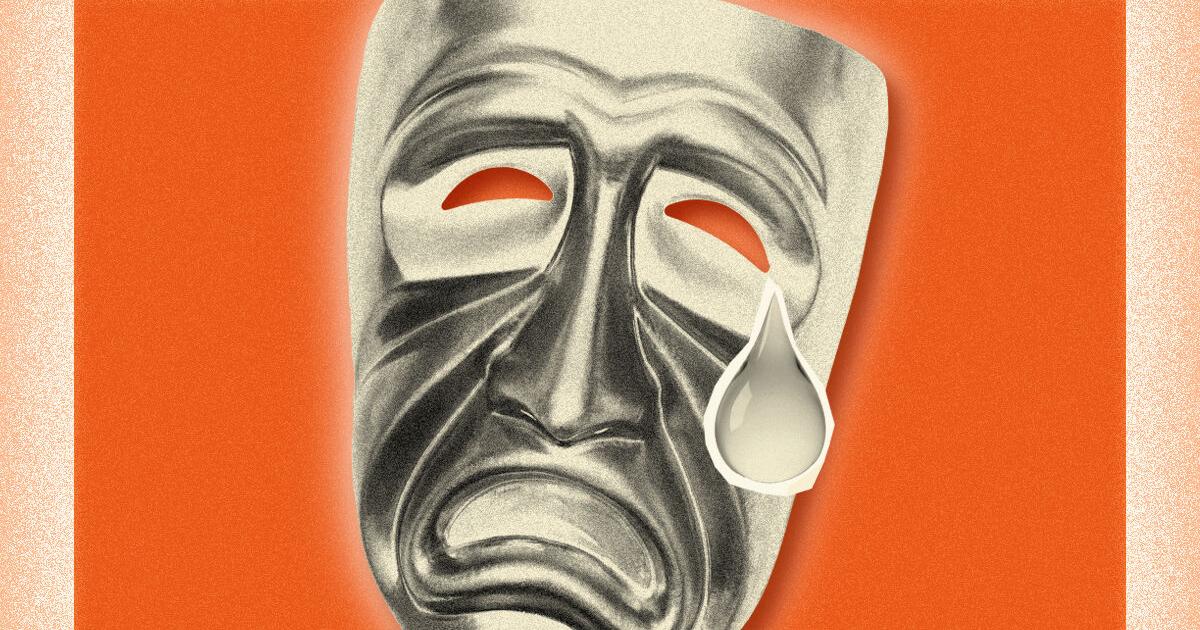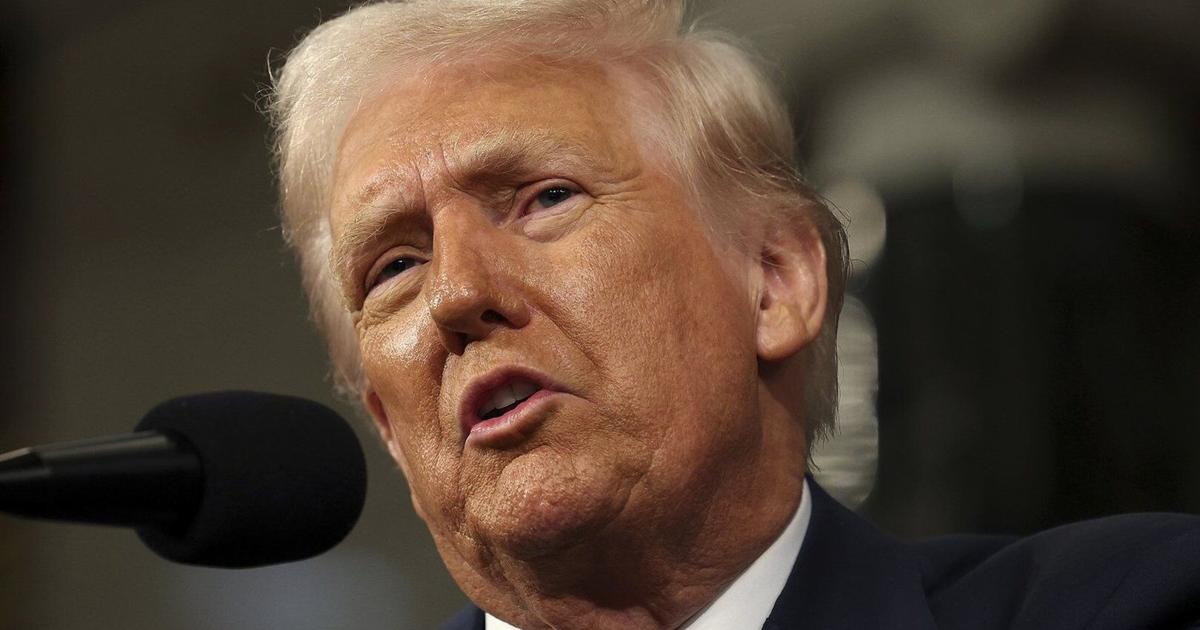About a decade ago, Indigenous land acknowledgments were thrust into the mainstream. They could be heard at the start of meetings, ceremonies and sporting events. They popped up in email signatures, on websites and across social media.
In the cultural sector, many arts organizations worked to develop their own territorial acknowledgments in consultation with Indigenous leaders. It was a process that sparked meaningful dialogue about how to better uplift and include the voices of First Nations, Métis and Inuit peoples at these institutions.
The broader adoption of land acknowledgments coincided with the release of the Truth and Reconciliation Commission’s final report in 2015, detailing the lasting harms of the country’s residential school system. Four years later, the National Inquiry into Missing and Murdered Indigenous Women and Girls urged Canadians to acknowledge the land they live on and learn “the true history of Canada and Indigenous history.”
But now, the pervading mood has changed. Some of those organizations that previously embraced land acknowledgments have quietly altered them, diluting their language or turning oral statements into written ones. Others have abandoned the practice altogether. Meanwhile, the territorial acknowledgments themselves have become increasingly controversial and politically charged.
In many ways, the watering down of these land acknowledgments is part of a wider cultural shift in the arts, Indigenous leaders and performing arts experts say. While the arts sector has historically been on the forefront of social change, we’re now witnessing the pendulum swinging back, with some companies now shying away from the diversity, equity and inclusion (DEI) initiatives that they helped develop.
“What we’re seeing is a cultural reaction,” said Kevin Loring, the artistic director of Indigenous theatre at the National Arts Centre in Ottawa. “It’s a symptom of the sort of rising ideology at play and a reaction to these quote, unquote ‘woke’ ideas.”
In the U.S., this cultural shift has been impossible to ignore. Since returning to the White House for a second term, U.S. President Donald Trump has vowed to abolish all DEI efforts in the federal sector. Much of the corporate world has fallen in line behind the president, with companies such as Meta, Walmart and Disney scaling back their DEI initiatives and hiring programs meant to reach out to under-represented groups.
Trump has also taken explicit aim at the cultural sector. Shortly after his inauguration, the National Endowment for the Arts eliminated a program supporting initiatives for underserved communities and groups.
Then, in mid-February, Trump ousted board members of the Kennedy Center in Washington, D.C., and replaced them with his own loyalists, who unanimously elected him as the organization’s new chair.
The president had previously vowed to ban drag shows and “woke culture” from the Kennedy Center. And indeed, his first few weeks as the head of the organization have been tumultuous.
Just days after Trump was elected chair, the Kennedy Center cancelled a planned tour of the musical “Finn,” which it had commissioned and premiered the previous year. The coming-of-age children’s show, which sold out its initial run at the Kennedy Center, follows a young shark who finds a sense of community among the fishes. Though not explicitly mentioned, the show could be read as a metaphor for the LGBTQ experience, its creators have said.
Amid the upheaval at the Kennedy Center, other artists have also cancelled their scheduled performances there to protest Trump’s takeover.
In Canada, the events playing out in the U.S. have prompted many artists to question whether those trends could spill over to this side of the border. Could we witness the dismantling of DEI initiatives at such a rapid pace, like what is happening under Trump?
“It’s too soon to tell whether the kind of exact measures that have been enacted in the U.S., the strategies that Trump is using, will appear in Canada. But DEI is already under threat in Canada, even though we’re not seeing that kind of direct attack on the arts,” said Signy Lynch, an assistant professor of English and drama at the University of Toronto Mississauga. “This is because of long-standing chronic underfunding, as well as other factors like racism and bigotry.”
Across Canada, major grants bodies like the Canada Council for the Arts and the Ontario Arts Council have witnessed stagnant funding since the pandemic.
As production costs continue to rise, any further pullback in arts funding could have a significant and lasting impact on many arts organizations, explained Deneh’Cho Thompson, an assistant professor of drama at the University of Saskatchewan and co-ordinator of the wîcêhtowin theatre program, focused on Indigenous perspectives and pedagogies.
“It’s really the smaller companies that are either on unstable year-to-year funding or on project-based funding that will be impacted the most,” said Thompson. “And disproportionately … more equity-deserving communities are running these smaller organizations.”
A major issue in the Canadian cultural landscape is the lack of research on which artists and types of works are being produced across the country.
But, anecdotally, Loring said he’s noticed a shift in programming at Canadian theatres. “We’re seeing a sort of retreat to that British-American canon across the board,” he said. “A lot of regional, publicly funded organizations are now programming ‘The Three Musketeers’ or ‘The Mousetrap’ by Agatha Christie. It’s 1950s programming.”
It’s a change that has come at the expense of Canadian artists, added Loring. “It was going gangbusters for Indigenous theatre just prior to the pandemic,” he said. “But now, coming out of the pandemic, some organizations are being more cautious.”
Loring’s observations are echoed by a 2020 report by the Yellowhead Institute, which interviewed Indigenous cultural workers across Canada throughout the COVID-19 pandemic.
It found that in and around 2017, there was increased Indigenous representation in the Canadian arts scene, along with commitments toward reconciliation. But “by 2020, financial pressures resulting from COVID-19 have exposed art institutional priorities and ‘accomplishments’ (or the lack of them) in the intervening years,” the report stated.
“It seems as though reconciliation in Canada’s arts and culture sectors was little more than a temporary preoccupation.” The status quo now, the report suggests, is one of “tokenistic representation.”
As for land acknowledgments, some Indigenous feel that the practice has devolved into something tokenistic, unsupported by any other significant structural changes at many organizations.
Generally, “there was not an effort to maintain the meaning of those land acknowledgments,” said Thompson. “They were always scripted, which I thought was inappropriate, and they also remained stagnant over time, over cultural shifts and, more importantly, over the change in relationships in communities.”
As DEI continues to unravel in the U.S., with free artistic expression also under threat by the Trump administration, observers in Canada are still trying to reckon with how it all unfolded — and how it came undone so quickly.
“It’s all about power and who has power,” said Michelle MacArthur, an associate professor at the University of Windsor’s School of Dramatic Art. “It’s so easy, if you’re abusing power, to dismantle these things that have been years in the making.”



